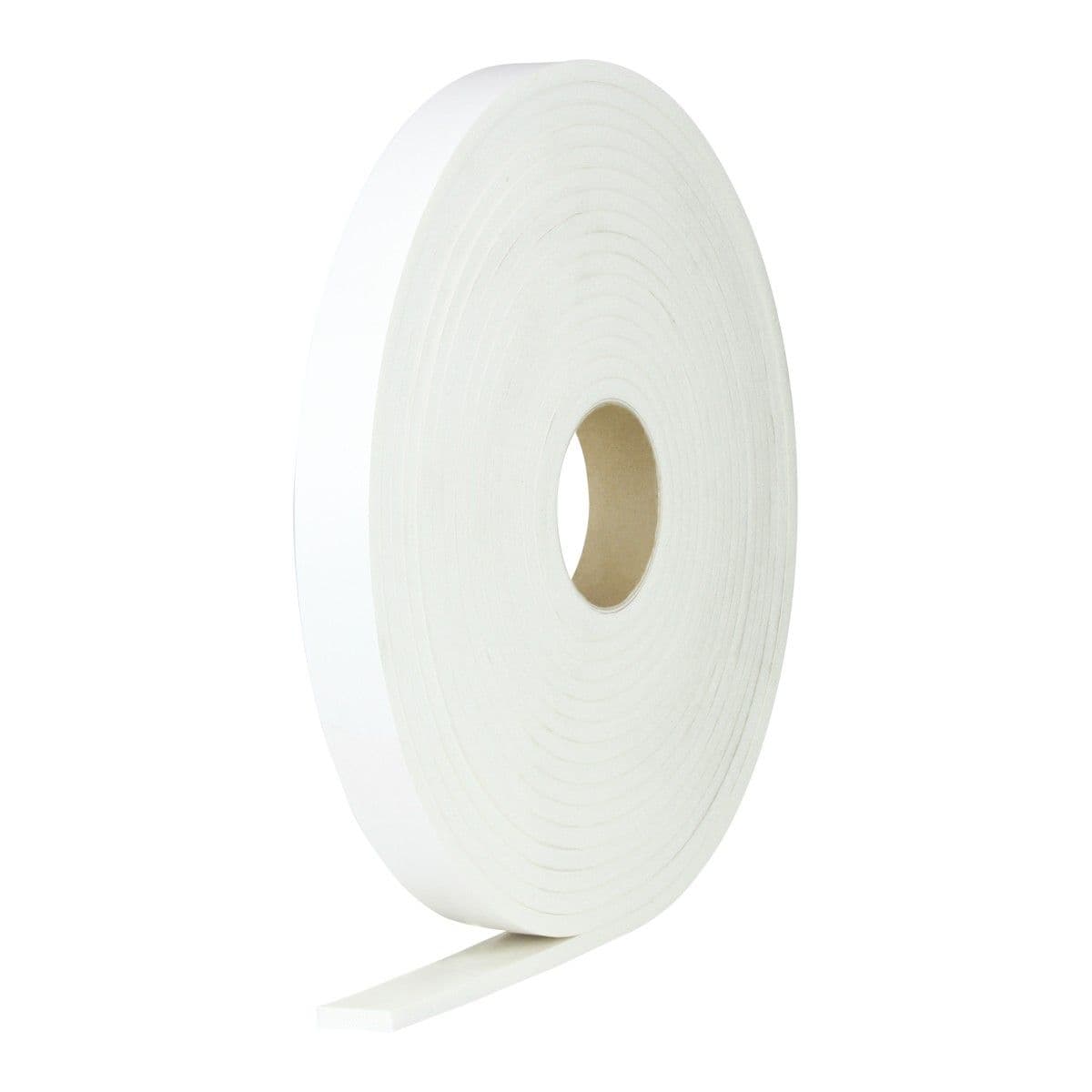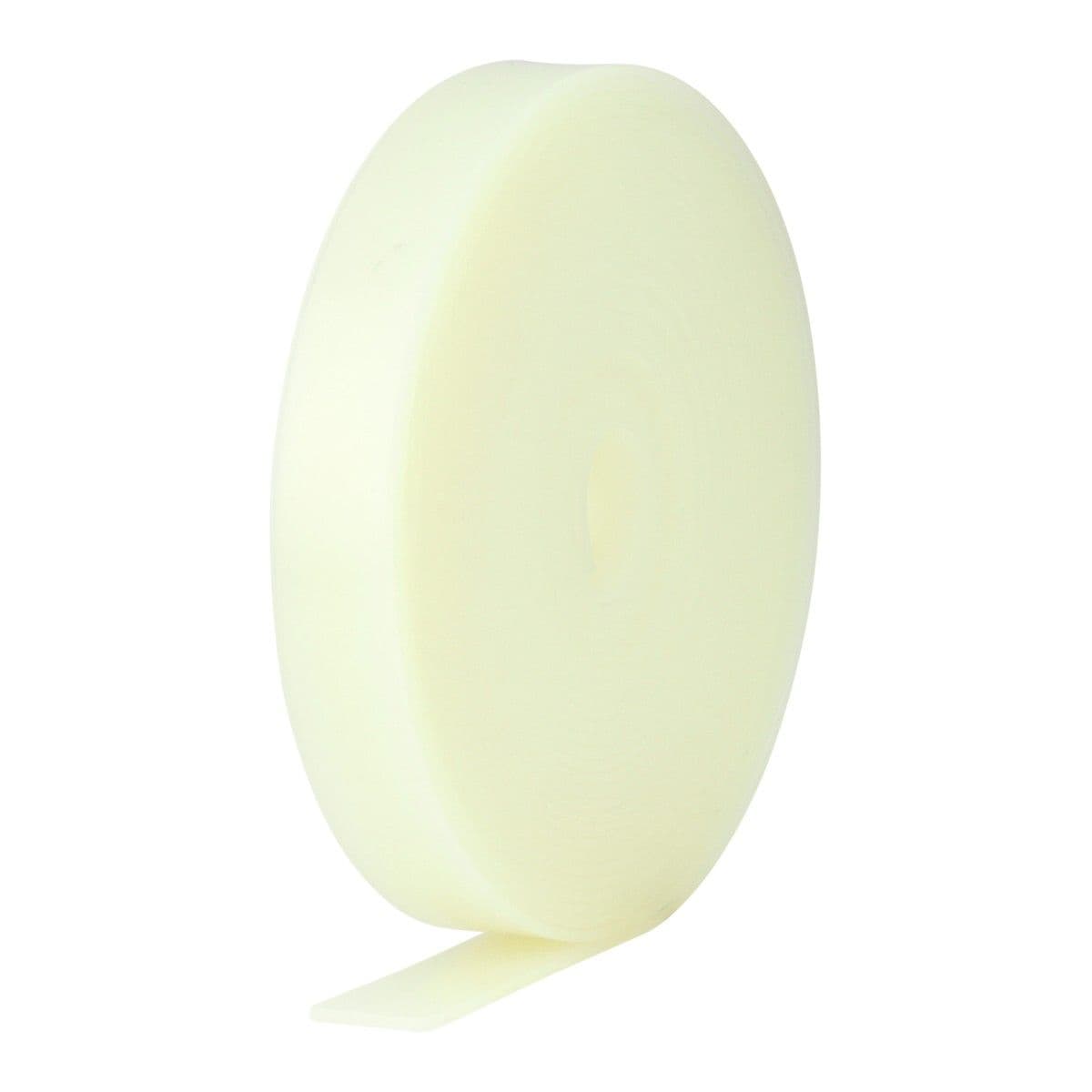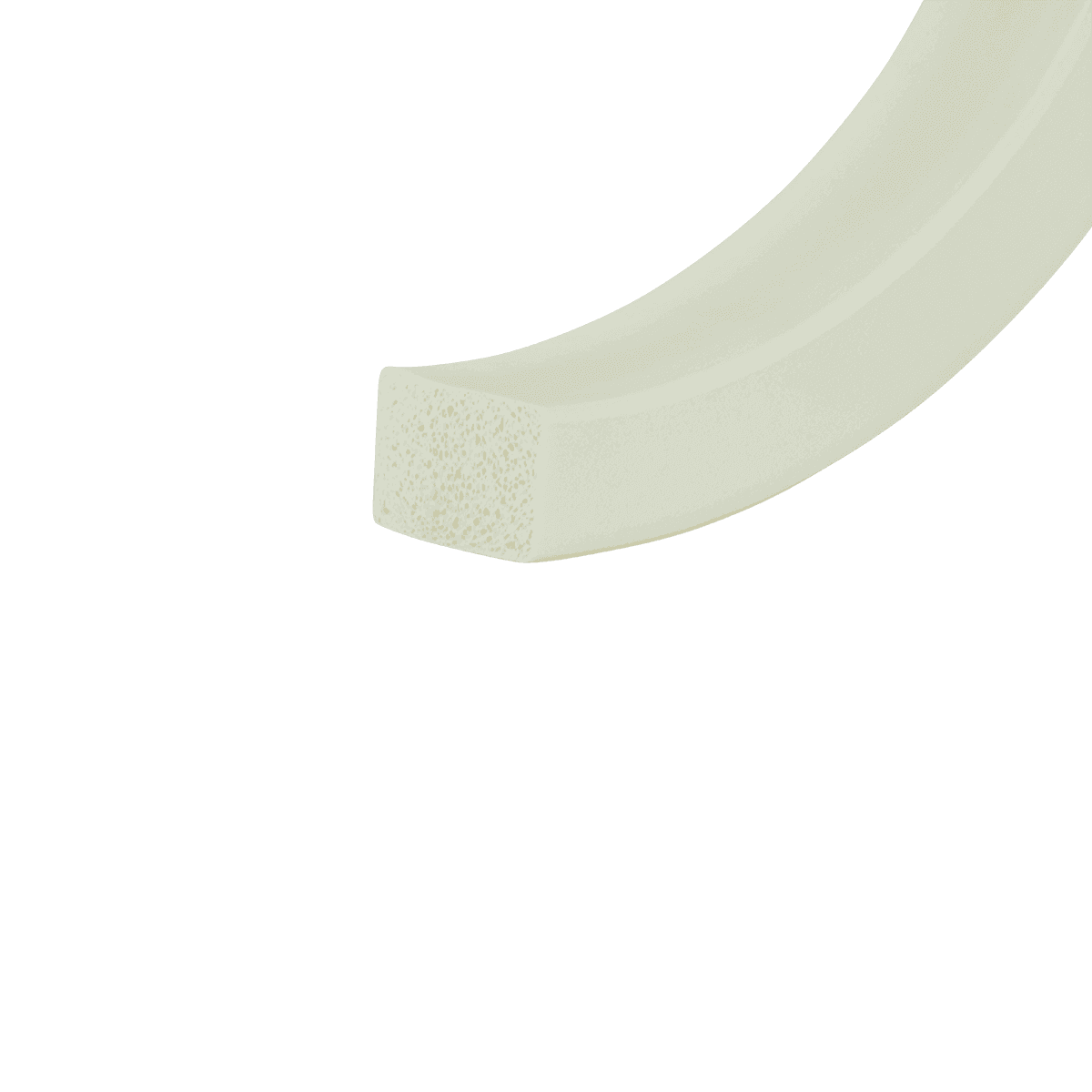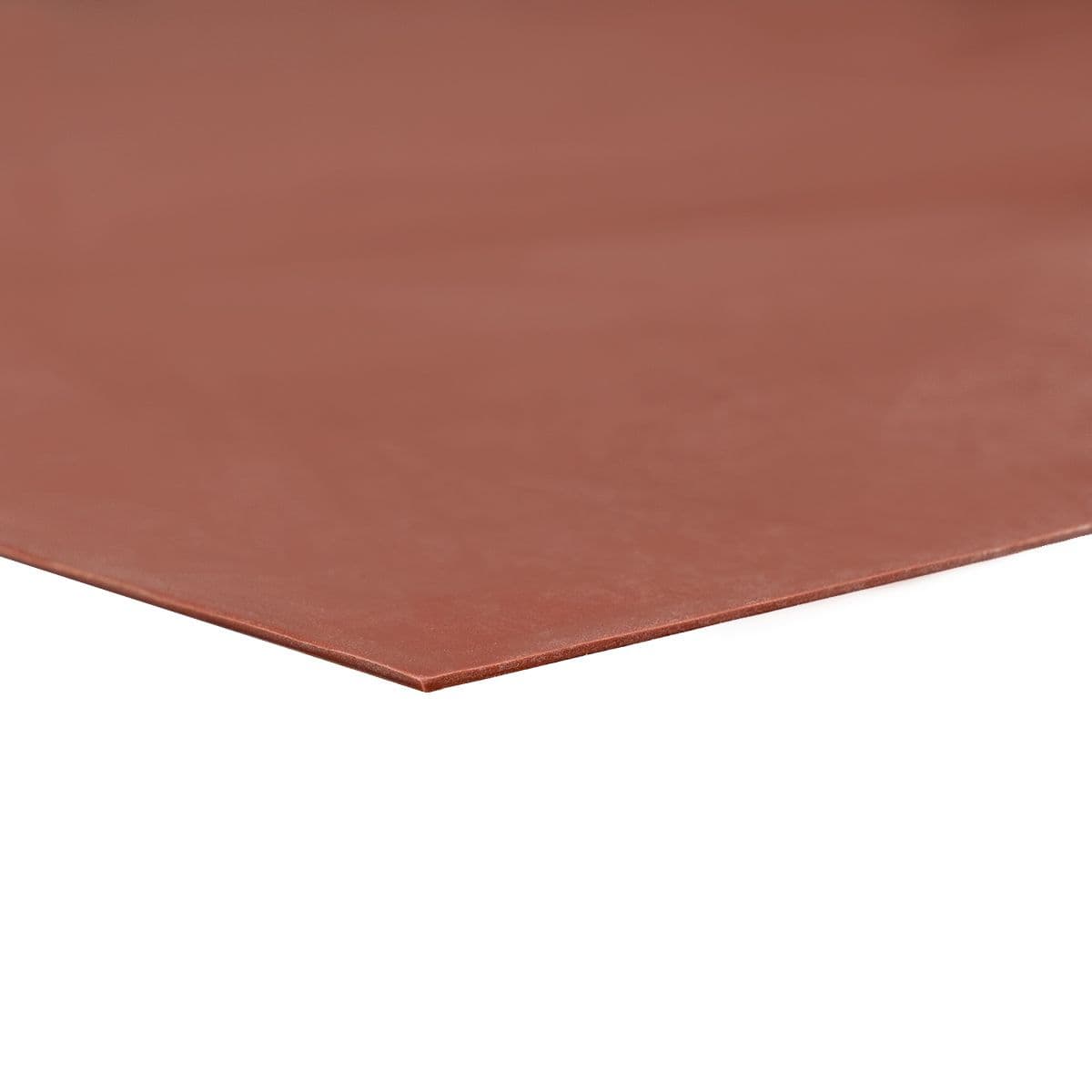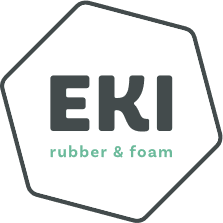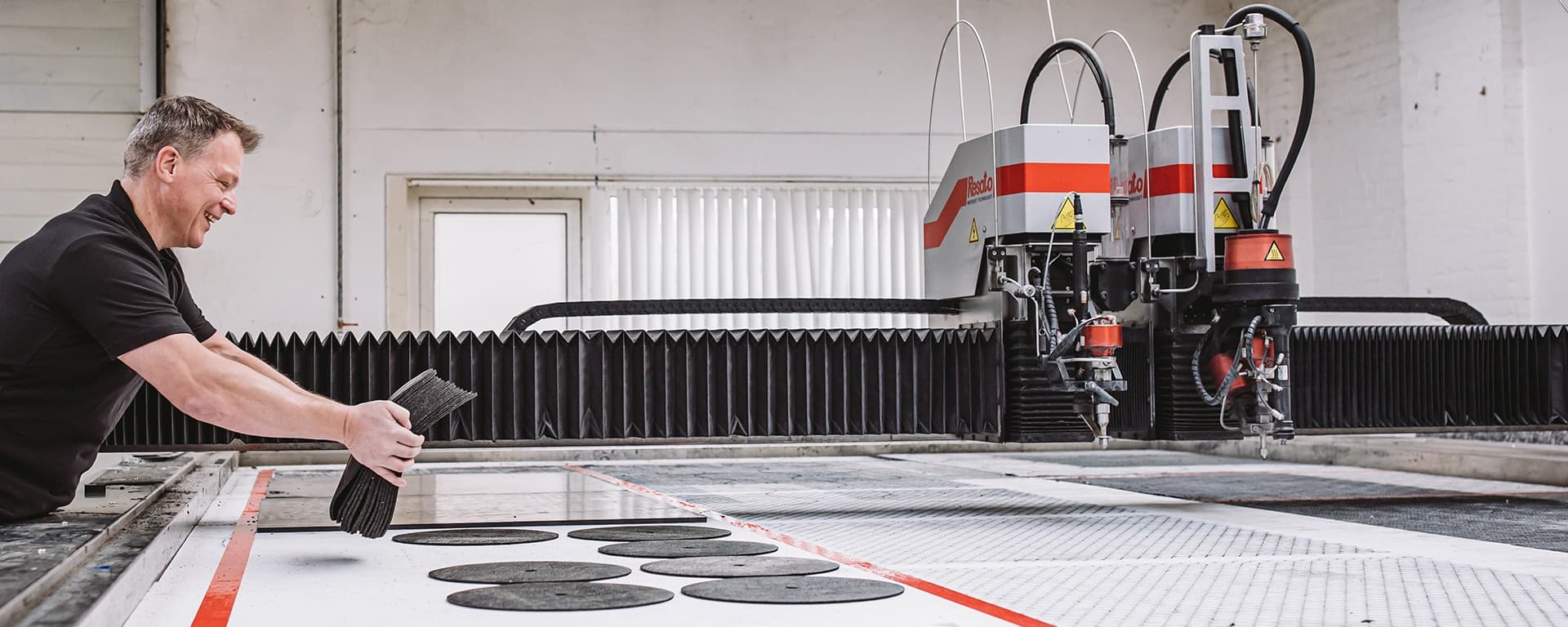
Everything About Silicone
Silicone rubber offers numerous advantages, making it a highly sought-after type of rubber. Due to its strong properties, the material also has a wide range of applications. It withstands extreme temperatures of up to 200°C and has a long lifespan. On this page, we are happy to provide more information.
On this page:
What is silicone?
Silicones are polymers in which the chain is formed by alternating silicon and oxygen atoms. The production of silicone rubber begins with silica, a compound derived from quartz. The obtained silicon is combined with methyl chloride. This mixture is exposed to heat, leading to the distillation of polydimethylsiloxane. During the final steps—polymerization, shaping or extrusion, and curing—silicone rubber is formed. It is a synthetic rubber variant with high temperature resistance and a wide range of applications.
What characteristics does silicone rubber have?
One of the positive properties of silicone is its ability to be used across a wide range of temperatures. It performs well in extremely cold conditions of -60°C as well as in extremely high temperatures of up to over 200°C. This is because the mechanical properties of silicone rubber remain intact. After being compressed, the material returns to its original shape. Additionally, silicone rubber is resistant to UV radiation and ozone, and it is highly resistant to aging. It has low flammability, and if it does catch fire, it produces minimal toxic smoke.
Due to its resistance to aging and external influences, silicone rubber has a long lifespan. It is easy to clean and sterilize and is resistant to chemical substances, bacteria, and fungi. However, it does not handle strong acids, hydrocarbon products, and oils very well. Silicone rubber does not adhere easily to most adhesives, though it can be supplied with a self-adhesive backing, for example, as an aid for mounting.
Silicone products from EKI
Refine your selection:
Selecting multiple choices is possible
What are the different types?
Different materials can be made from the raw material. In our range, we only include rubber variants. Besides silicone rubber, there is also silicone sponge rubber. These two types share many of the same characteristics. Both materials are resistant to ozone, UV radiation, and weathering. They are also heat-resistant and capable of withstanding cold temperatures without losing their good mechanical properties. However, silicone sponge rubber is a softer material than silicone rubber and remains flexible for a longer time, making it easier to compress.
Both types are also resistant to water and are waterproof. This is due to the (almost) closed cell structure and the closed skin surrounding the sponge rubber. Both types can be used both indoors and outdoors. Additionally, they have a long lifespan and are highly resistant to aging.
How is silicone applied?
Due to its many positive properties, silicone can be used in a wide range of applications. Silicone rubber is particularly prevalent in the medical and pharmaceutical sectors, as well as in the food industry. This is because the material is hypoallergenic and does not react with other substances. For this reason, it is also used in baby products. Additionally, silicone rubber is used as a sealant in applications such as ovens, boilers, and light covers due to its heat resistance.
Silicone rubber is also employed as a cushioning material in household appliances and lighting. Certain types are used as seals in products that come into contact with drinking water or food, as this rubber does not affect the material or quality of these items. Lastly, you can find silicone rubber in the chemical industry, automotive industry, DIY products, clothing, and accessories.
Silicone sponge rubber is also widely used for sealing applications, such as in ovens and heating boilers, due to its heat resistance. It can also be used for sealing doors and hatches because the material is resistant to external influences. Furthermore, it is an excellent choice for sealing covers and manholes due to its waterproof properties. Lastly, silicone sponge rubber has very good elastic properties, making it frequently used as a cushioning edge.
In which EKI products is silicone used?
Silicone can be used to make a wide variety of products. We offer silicone rubber and silicone sponge rubber products, including sheets, rings, and sealing profiles. All our products are of high quality and are available in both standard sizes and custom-made. We supply our products in both large and small quantities, and regardless of the order size, we offer short delivery times throughout Europe.
Our silicone rubber products come in various hardness levels and colours. You can choose from white, black, red, and transparent in different hardnesses. Silicone sponge rubber is available in various forms and types, such as sponge rubber with a skin on two sides (EKI 1515) or with a skin on four sides (EKI 1505). The standard colour of the sponge rubber is ivory white, but other colours are available upon request.
Frequently asked questions
Receiving advice on silicone?
Do you have questions about silicone or their application for your business? Please let us know using the form below. Our team of specialists will be happy to think along with you.


